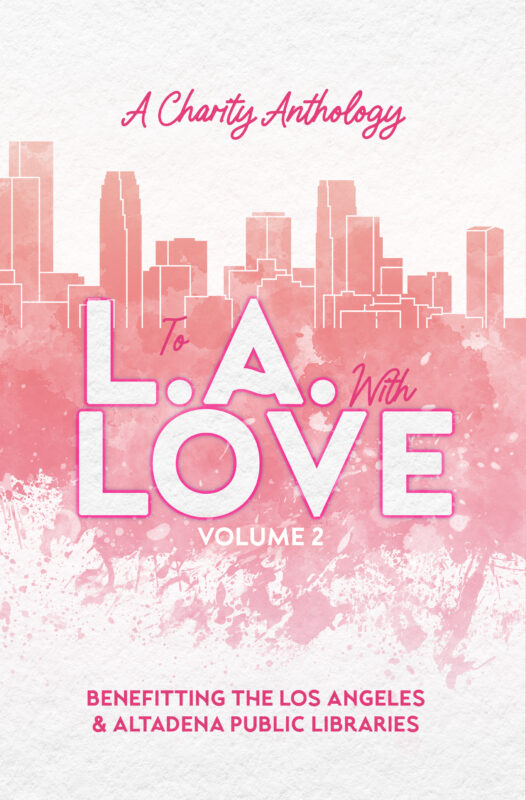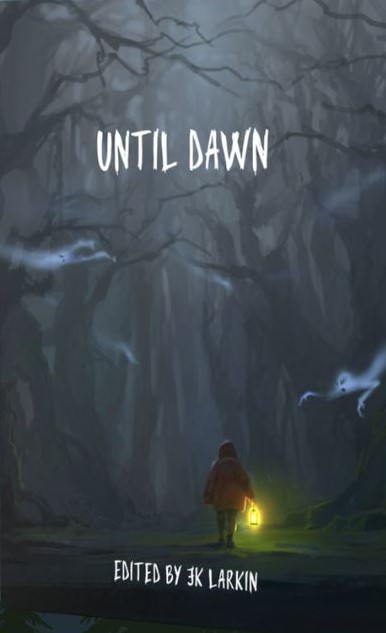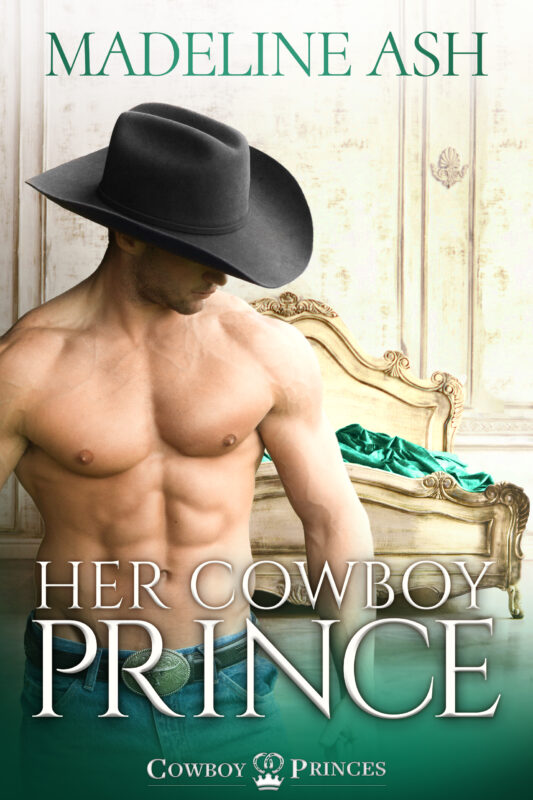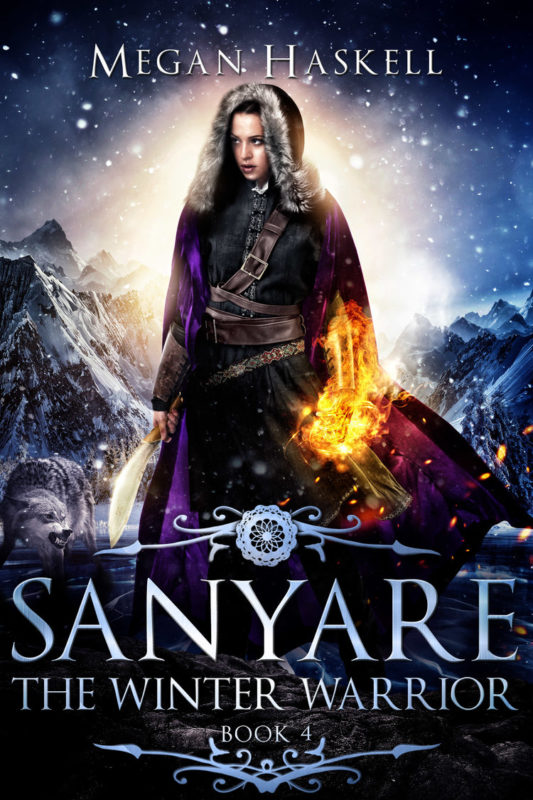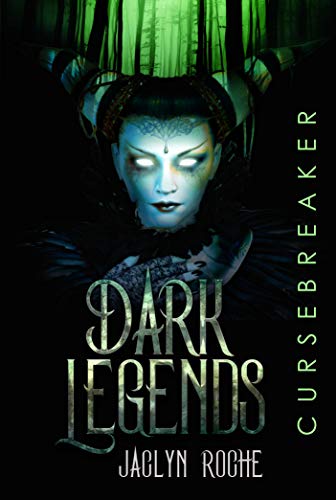Tracking Real Life Turning Points
August 12, 2019 by Denise M. Colby in category The Writing Journey by Denise Colby tagged as Next Steps, Planning, Turning Points, writer's Life
Real life is full of turning points. Some we ignore, others are decided for us. And where I’m at right now, “Turning Point” fits. I find writing about them helps me process them. What can I say? I love to journal. It’s the writer in me. Thus the title “Tracking Real Life Turning Points.”
Definition of a turning point: “Turning points are story events, either plot or character related, that mark where the story “turns” in a new direction. The new direction is usually caused by a big choice or dilemma faced by the characters.”
What new direction am I talking about for me personally? Quite a few small ones that are turning into really big ones.
Yes I will admit my life has circled around my kid’s activities and schedules. I volunteer, I attend events, and I help out wherever I can. I’ve thrown class parties, graded papers, made props, and cleaned up after a performance. I’ve coached a robotics team for four years and choreographed seven years of musicals. I’ve attended chapels, assemblies, traveled to Sacramento and DC. After sixteen years of having our three boys attend Friends Christian School, our time has come to an end. Our youngest graduated from 8th grade in June and with that a new direction for our family.
The writer in me has to write this out since it’s such a ‘turning point’.
And quite possibly if I didn’t, I might inadvertently do something I shouldn’t, but I wouldn’t know if I didn’t write it out. Does that make any sense at all?
This past year I have worked more hours as an employee than any other. Robotics Coordinator, Substitute Teacher and Choreographer. I have to make a decision whether to continue in these capacities next year. I’d love to, but I really think God has other plans for me and my family. Hence why I call this a ‘turning point’ in my life. I need to say goodbye and then wait for God to open the door for the new direction He wants me to go in.
With my middle son graduating from high school, things will change there too. But I won’t be leaving EDHS, nor will we not have a kid in choir, theater or DMAA, since the youngest plans to be involved in all those things just like his brother. And with my middle son heading to college (even though he will be still living at home), that schedule will be new and exciting and a huge turning point for all of us as well.
So with all this change, the biggest question is where will I spend my time going forward?
I don’t know. But what I do know is that I need to be ready and if I have year-long commitments, I won’t be available to do what God wants me to do. This is so hard for me to put down on paper. Whether it’s the fear of the unknown and worrying about how much I will miss it, I feel God nudging me to let go.
I’ve been stretched so thin for so long, that there’s nothing left for me to give for the new areas God has called me to go. Writing, a regular paying job, more attention to my family and home. Rest. All of it.
I’m probably way behind in letting go. God has been waiting for me. I sense it. I feel it. He can’t do more with me when I’m stretched so thin. And I want to be used by Him. Where he wants me.
I have to be the one to close the door first, before other doors can open. And yet that is so difficult to do.
Maybe I’m more like my heroine, Olivia Carmichael, than I realized. I find it interesting that the novel I’ve been writing for the past five years is about letting go and trusting God. Give up control. Maybe I’ve been writing this novel for myself more than anyone. And I’ve been so focused on how to write it and what to write and getting it right, that I haven’t internalized what my story was truly about.
Plans. Our plans vs God’s plans. And what happens, when we let go and let God guide us and direct us.
My theme verse for my book is “A man’s heart plans his way, but the Lord directs his steps.” – Proverbs 16:9 (NKJV)
But there are other verses that I have written down as well that fit.

Trust in the LORD with all your heart and lean not on your own understanding; in all your ways submit to him, and he will make your paths straight. Proverbs 3:5-6 5
You need to persevere so that when you have done the will of God, you will receive what he has promised. Hebrews 10:36 36
And we know that in all things God works for the good of those who love him, who have been called according to his purpose. Romans 8:28
Many are the plans in a man’s heart, but it is the Lord’s purpose that prevails. Proverbs 19:21
I began writing this post in June as I was processing all this change. In the midst of that a part-time corporate marketing copywriting job came about which has been much answered prayer for many reasons (i.e. paying for college!). A short-term project that now looks like it will last much longer. Yes, it has pulled me away from other things (like summer fun with my family), but it has also helped me get in a better writing routine overall and helped set much needed boundaries with my family because “mom is working from home.” These are the habits I have needed for my writing.
As I went back to finish this post, I wondered if I should scrap it alltogether.
But it’s so much a part of my writing journey, I decided to still post it.
I’m sharing my heart and hope there is some encouragement here for others. What I find amazing is how when we write about a point in time, how quickly circumstances or those feelings change.
And Yet…

Capturing these turning points helps us to see where we’ve been, how far we’ve come, and gives us hope for the future.
In essence, I just got through this big huge turning point and I’m already on to the next chapter. I can see my next steps on the horizon and even though it’s not all spelled out, I believe I’m headed in the right direction.
It will be interesting to see the next part of my story unfold.
0 0 Read moreConversations with Barb and Jann
February 2, 2012 by Jann Ryan in category Jann says . . . tagged as Barb Delong, Conversations with Barb and Jann, Jann Audiss, Kitty Bucholtz, Online Class, time management, writer's LifeWriter’s Block: Rejections?
July 22, 2011 by Marianne H. Donley in category Archives tagged as Bill Zeilinger, cartoons, writer's Lifeby Bill Zeilinger
You can find Bill’s other doodles online at http://thosedesigners-drawing.blogspot.com/
0 0 Read moreWhat if Scarlett O’Hara was a blonde… by Jina Bacarr
January 11, 2011 by A Slice of Orange in category Archives tagged as Adventures in Writing, blonde samurai, character, Confessions of a Podcast Goddess, Gone with the Wind, heroine, Margaret Mitchell, Scarlett, Scarlett O'Hara, writer's LifeI love historicals. Reading them, writing them.
And creating the perfect heroine. But is she a blonde, a brunette or a redhead? We writers wrestle with this question every time we put fingertips to keyboard. Sometimes the character is so clear in our minds, we know for certain she’s a natural blonde (and if she isn’t, well, we won’t tell–it’s up to the hero to see if the collar matches the cuffs).
Imagine if Scarlett O’Hara was a blonde…
Do you remember the vivid opening scene with Scarlett surrounded by the redheaded Tarleton twins? Her beautiful dark hair provided a rich halo around her face and provided a contrast against her white organdy dress with flounces and flounces of ruffles. The red belt cinching in her tiny waist was the perfect accent piece to complete her outfit.
Was this what Margaret Mitchell envisioned when she wrote “Gone With the Wind?â€
In a word, no.
Ms. Mitchell describes a “green flowered-muslin†dress, not the white one. Although in the film, Scarlett does show up at the Twelve Oaks BBQ in a similar dress (who can ever forget the scene in the film when Scarlett throws a porcelain bowl across the room not knowing Rhett is lying on the couch out of her pov and he pops up with the line: “Has the war started yet?†Pure classic romantic attraction).
Which brings me to the question: how important to you as a writer and/or reader is the heroine’s hair color?
Her clothes?
Do you enjoy reading descriptions of what she’s wearing? Do designer labels intrigue you or turn you off?
I must admit I enjoyed designing my heroine’s wardrobe in “The Blonde Samurai†about a Victorian heiress who weds a British lord then falls in love with a handsome samurai.
Here is what Katie O’Roarke as Lady Carlton wore at a grand dinner:
“…Which was why I chose the color red. A defiant color, bold and perfect. I relished how the velvet gown in crushed strawberry hugged my body, the small cap sleeves sliding down my bare shoulders while the tiered soft bustle swayed behind me, the long train sweeping over the muted Oriental carpets. A long row of pearl buttons gave off an opaline luster, racing down my back like a game of dominoes.”
Tell me what you think about whether or not a description of the heroine’s hair color and her wardrobe enrich the story for you.
Frankly, my dear reader, I do give a damn…
http://www.jinabacarr.com/
The Blonde Samurai is a 2010 Reviewers Choice Award nominee for Romantic Times
Affiliate Links
A Slice of Orange is an affiliate with some of the booksellers listed on this website, including Barnes & Nobel, Books A Million, iBooks, Kobo, and Smashwords. This means A Slice of Orange may earn a small advertising fee from sales made through the links used on this website. There are reminders of these affiliate links on the pages for individual books.
Search A Slice of Orange
Find a Column
Archives
Featured Books
To L.A. With Love Volume 2
When wildfires damaged two beloved Los Angeles public libraries in January 2025, the romance community answered with heart.
More info →SANYARE: THE WINTER WARRIOR
Her choice won the war, but may have cost her everything…
More info →DARK LEGENDS: CURSE BREAKER
Kalissandra Doe has a to-do list worthy of the reincarnated goddess she could be.
More info →Newsletter
Contributing Authors
Search A Slice of Orange
Find a Column
Archives
Authors in the Bookstore
- A. E. Decker
- A. J. Scudiere
- A.J. Sidransky
- A.M. Roark
- Abby Collette
- Alanna Lucus
- Albert Marrin
- Alice Duncan
- Alina K. Field
- Alison Green Myers
- Andi Lawrencovna
- Andrew C Raiford
- Angela Pryce
- Aviva Vaughn
- Barbara Ankrum
- Bethlehem Writers Group, LLC
- Carol L. Wright
- Celeste Barclay
- Christina Alexandra
- Christopher D. Ochs
- Claire Davon
- Claire Naden
- Courtnee Turner Hoyle
- Courtney Annicchiarico
- D. Lieber
- Daniel V. Meier Jr.
- Debra Dixon
- Debra H. Goldstein
- Debra Holland
- Dee Ann Palmer
- Denise M. Colby
- Diane Benefiel
- Diane Sismour
- Dianna Sinovic
- DT Krippene
- E.B. Dawson
- Emilie Dallaire
- Emily Brightwell
- Emily PW Murphy
- Fae Rowen
- Faith L. Justice
- Frances Amati
- Geralyn Corcillo
- Glynnis Campbell
- Greg Jolley
- H. O. Charles
- Jaclyn Roché
- Jacqueline Diamond
- Janet Lynn and Will Zeilinger
- Jaya Mehta
- Jeannine Atkins
- Jeff Baird
- Jenna Barwin
- Jenne Kern
- Jennifer D. Bokal
- Jennifer Lyon
- Jerome W. McFadden
- Jill Piscitello
- Jina Bacarr
- Jo A. Hiestand
- Jodi Bogert
- Jolina Petersheim
- Jonathan Maberry
- Joy Allyson
- Judy Duarte
- Justin Murphy
- Justine Davis
- Kat Martin
- Kidd Wadsworth
- Kitty Bucholtz
- Kristy Tate
- Larry Deibert
- Larry Hamilton
- Laura Drake
- Laurie Stevens
- Leslie Knowles
- Li-Ying Lundquist
- Linda Carroll-Bradd
- Linda Lappin
- Linda McLaughlin
- Linda O. Johnston
- Lisa Preston
- Lolo Paige
- Loran Holt
- Lynette M. Burrows
- Lyssa Kay Adams
- Madeline Ash
- Margarita Engle
- Marguerite Quantaine
- Marianne H. Donley
- Mary Castillo
- Maureen Klovers
- Megan Haskell
- Melanie Waterbury
- Melisa Rivero
- Melissa Chambers
- Melodie Winawer
- Meriam Wilhelm
- Mikel J. Wilson
- Mindy Neff
- Monica McCabe
- Nancy Brashear
- Neetu Malik
- Nikki Prince
- Once Upon Anthologies
- Paula Gail Benson
- Penny Reid
- Peter J Barbour
- Priscilla Oliveras
- R. H. Kohno
- Rachel Hailey
- Ralph Hieb
- Ramcy Diek
- Ransom Stephens
- Rebecca Forster
- Renae Wrich
- Roxy Matthews
- Ryder Hunte Clancy
- Sally Paradysz
- Sheila Colón-Bagley
- Simone de Muñoz
- Sophie Barnes
- Susan Kaye Quinn
- Susan Lynn Meyer
- Susan Squires
- T. D. Fox
- Tara C. Allred
- Tara Lain
- Tari Lynn Jewett
- Terri Osburn
- Tracy Reed
- Vera Jane Cook
- Vicki Crum
- Writing Something Romantic
Affiliate Links
A Slice of Orange is an affiliate with some of the booksellers listed on this website, including Barnes & Nobel, Books A Million, iBooks, Kobo, and Smashwords. This means A Slice of Orange may earn a small advertising fee from sales made through the links used on this website. There are reminders of these affiliate links on the pages for individual books.





